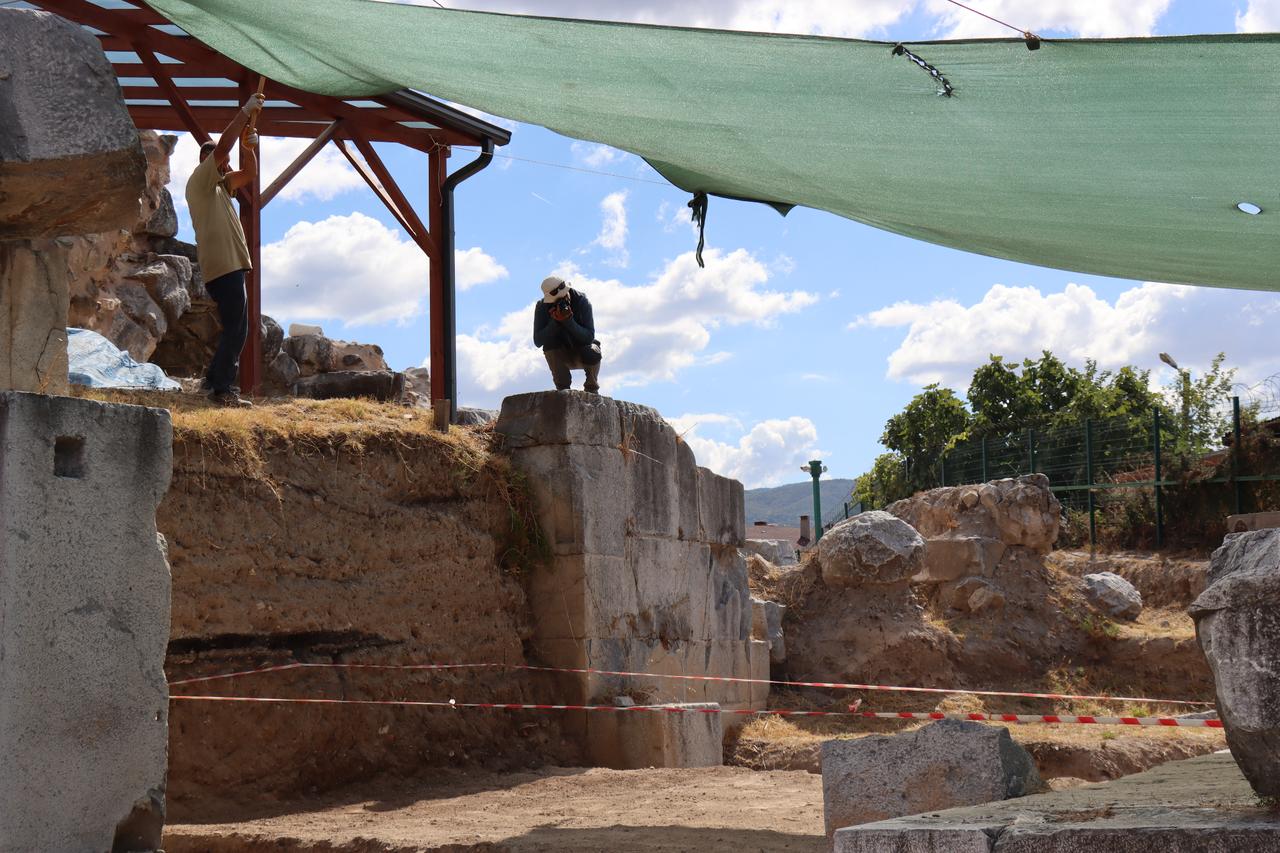
Archaeologists working at the ancient Roman theater in Nicaea (modern-day Iznik, a district of Bursa in northwestern Türkiye) have uncovered new remains that shed light on both the architectural sophistication and spiritual transformation of the site.
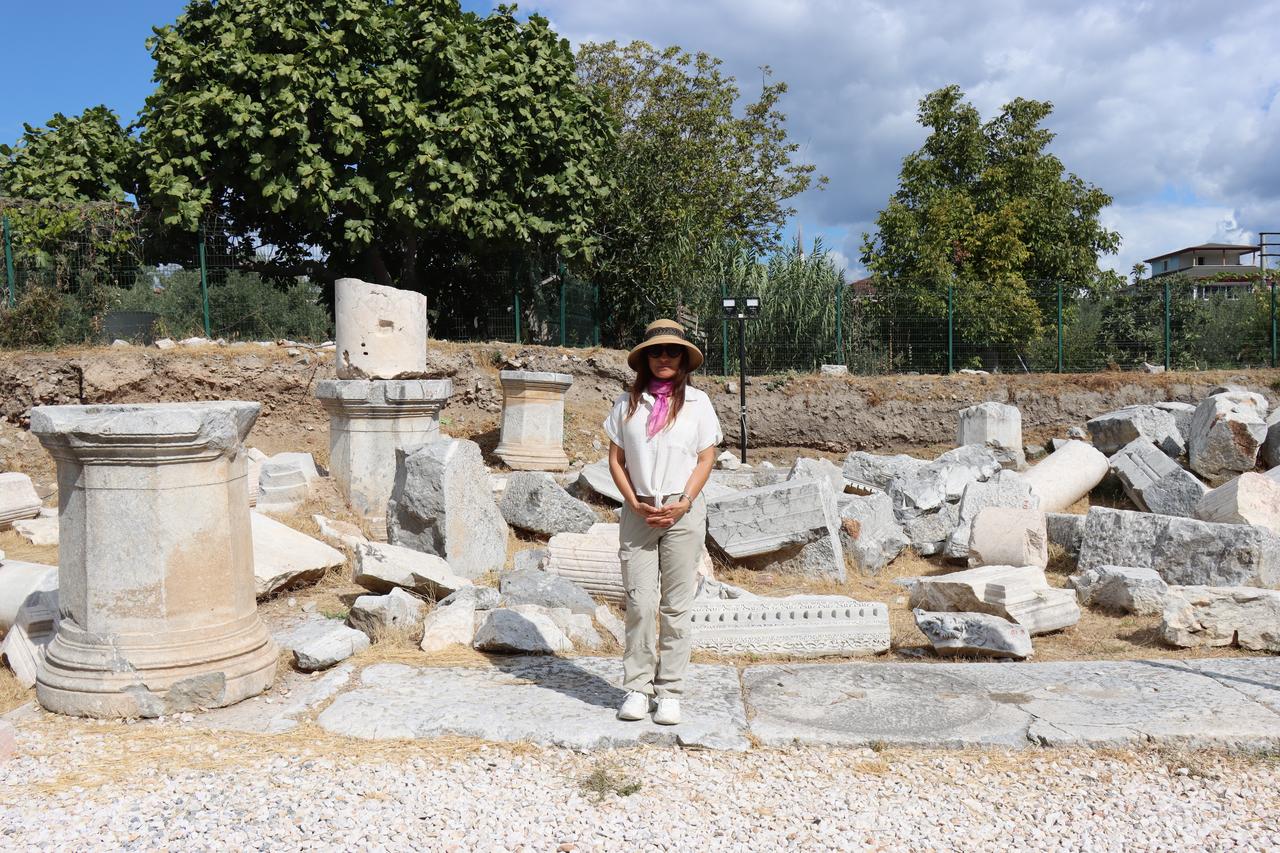
This year’s excavations, led by archaeologist Professor Aygun Ekin Meric from Dokuz Eylul University, have brought to light marble-paved roads, entrance and exit passages, and a complex drainage system along the western perimeter of the 2,000-year-old theater.
Meric said the fieldwork, which is nearing completion for the season, has revealed that the theater was designed to host diverse activities over several centuries, reflecting Iznik’s layered past from the Roman to the Ottoman era.
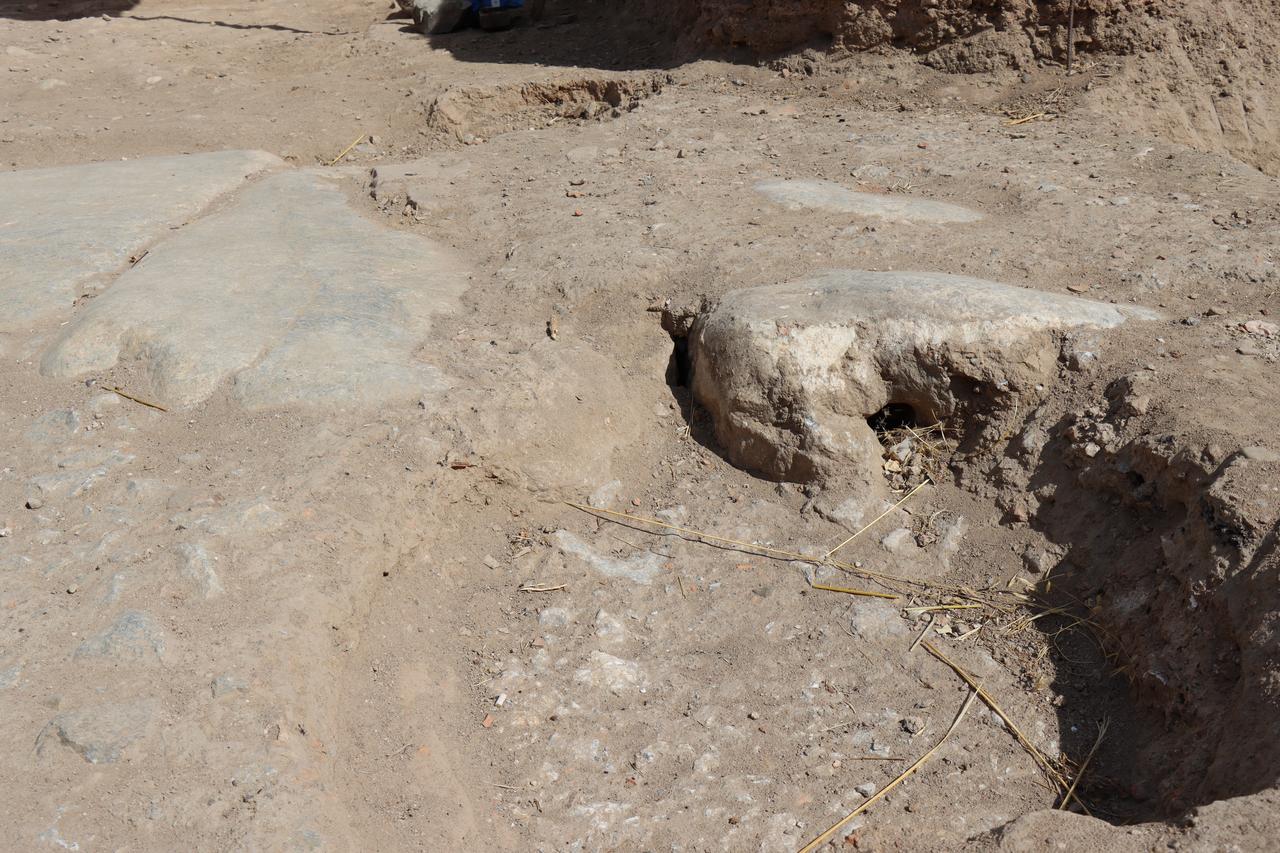
Originally built to accommodate about 10,000 spectators, the theater served as a lively venue for entertainment such as gladiator combats and fashion shows during the second and third centuries A.D.
However, the structure later entered what Meric described as a “religious use phase.”
“Especially in the fourth and fifth centuries, the theater entered a phase of religious use,” she said. “The crosses, wreaths and church symbols seen on the rigole walls, as well as the fresco of the Virgin Mary holding baby Jesus on her lap—a Theotokos-type depiction—represent one of the earliest known examples in Anatolia.”
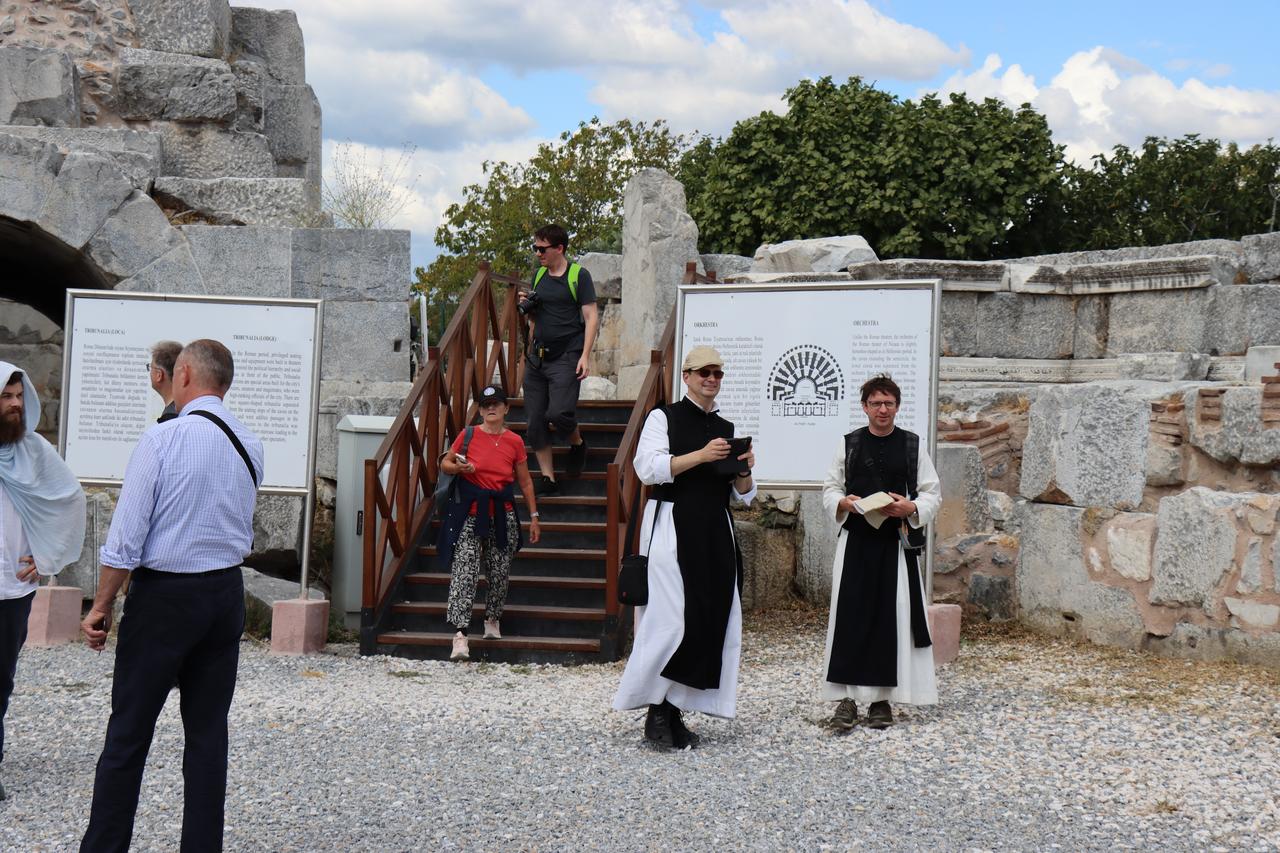
Meric emphasized that Iznik, known in antiquity as Nicaea, played a pivotal role in early Christianity.
After the First Council of Nicaea convened there in 325 A.D., the theater’s function shifted toward religious purposes, and it remained in use until the sixth century.
Nearly 300 clergymen from various parts of the world attended the council, and Meric noted that while many of the sessions are believed to have taken place in a basilica, some might have been held in the theater itself.
“While the basilica is generally emphasized, we believe a few of the sessions might have been held in the theater, as Christian frescoes and symbols have been found inside the structure,” she said.
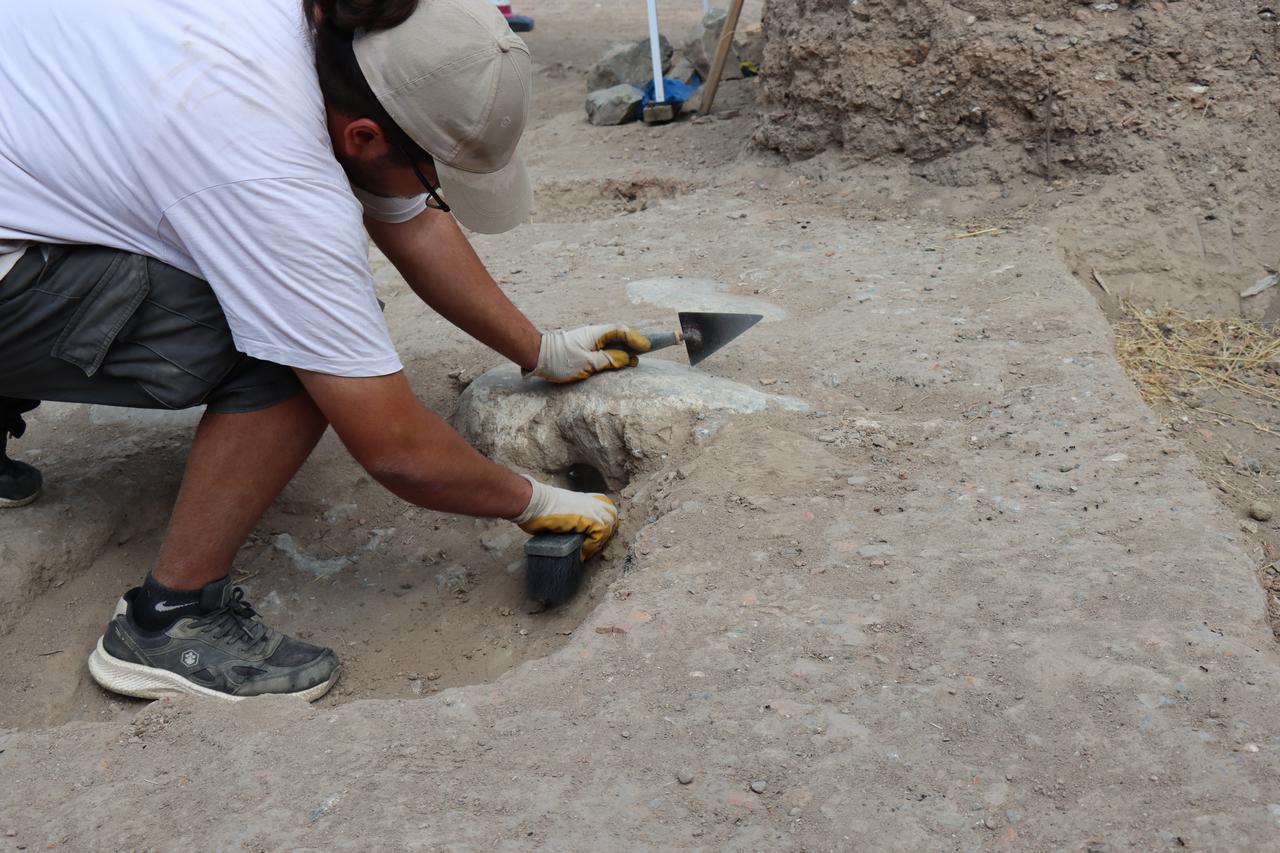
Looking ahead, Meric’s team aims to restore the colonnaded galleries that once flanked the eastern and western entrances of the theater.
These were “magnificent structures,” she said, often used for public receptions and various social activities.
The archaeologist described the theater as a “multi-layered monument” reflecting the full historical trajectory of Iznik—from the Roman period through Byzantine and Ottoman times.
The Iznik Ancient Theater is notable as the only known structure in Anatolia built entirely on a flat surface using vaults instead of sloped terrain for support.
Standing three stories tall and measuring roughly 100 (328.08 feet) by 80 meters (262.4 feet), the theater combines aesthetic mastery with advanced engineering.
Excavation and restoration work that began in the 1980s culminated in its reopening to visitors in March 2024.
Since then, nearly 90,000 domestic and international tourists have visited the site, reaffirming Iznik’s enduring allure as one of Türkiye’s most historically rich destinations.